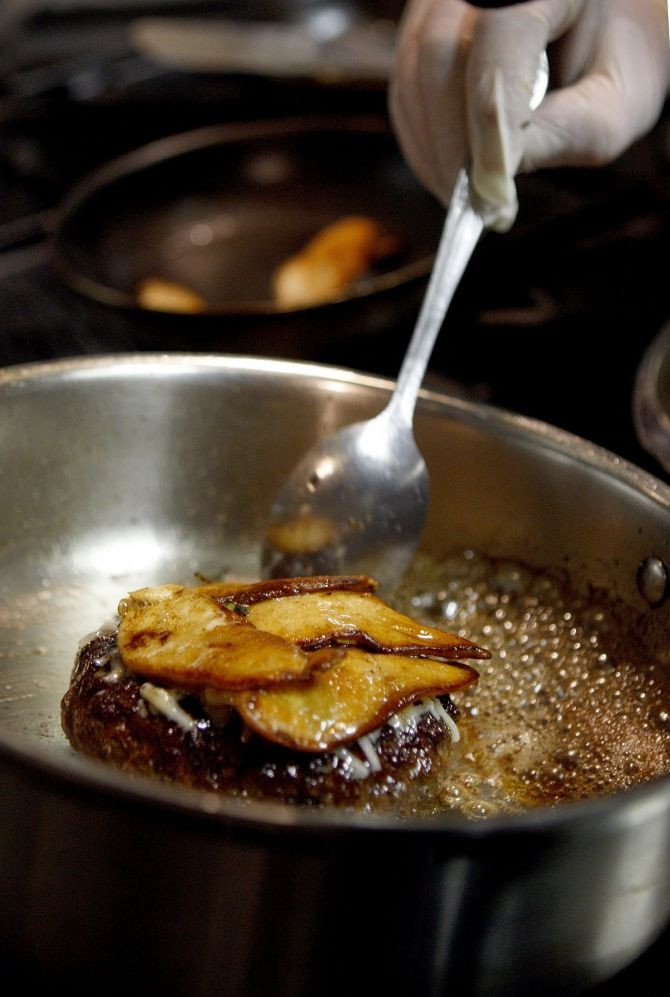Copper Can Kill Food Poisoning Bacteria

Food poisoning by Salmonella enterica can be prevented by cooking food in vessels that have some amount of copper in it, according to new research.
The process of oxidation, which changes the color of copper cookware from bronze to a watery greenish color with use, is also the process that destroys the bacteria in the food.
“We decided to see the antimicrobial effect of all these copper alloy surfaces on Salmonella,” said Sadhana Ravishankar, an assistant professor in the University of Arizona department of veterinary science and microbiology and one of the study authors, in a statement.
Researchers chose Salmonella because of its a global threat with several outbreaks occurring recently.
“Salmonella has caused outbreaks from eating a broad range of different types of foods, including meats and poultry, dairy products, peanut products, ice creams and even chocolate,” said Ravishankar.
The material of choice in the food industry, steel, offers no antimicrobial properties, researchers say.
“Right now, food industries use stainless steel and stainless steel does not seem to have any antimicrobial activity. If there are bacteria on a stainless steel surface they will survive for a long time," said Ravishankar.
Researchers tested the effect of copper on three copper resistant strains and one strain that is sensitive to copper.
Copper resistant strains of bacteria are those that have been previously exposed to copper. Bacteria multiply at a fast rate and can develop resistance to chemical within a few generations. Copper sensitive strains are those that have never been exposed to copper and so are much more susceptible to the antimicrobial property.
Researchers placed strains of the bacteria on copper surfaces and placed them in conditions that simulate food processing environments of both dry (like peanut butter, chocolate) and wet foods (like vegetables).
“Salmonella can be a problem in dry foods and wet foods,” Ravishankar said.
Salmonella survived for longer duration in the wet conditions, Libin Zhu, Ravishankar's lab manager said. Copper resistant Salmonella survived for just 5 minutes more than copper sensitive ones.
They also found that Salmonella strains on high concentration copper surfaces died faster than those on low concentration.
“For the highest copper concentration Salmonella cells die off in under 30 minutes. But for the other alloys containing lower copper concentrations, the bacteria can survive up to two hours," said Zhu, one of the study authors.
Researchers say that they now want to study the effects of copper on Salmonella in "real conditions" like the presence of food particles or leftover oil on cooking surfaces.
“In a food processing environment, there are going to be hard-to-reach areas where you can still have food particles. We want to see if the presence of food particles or some kind of organic matter on the copper surfaces changes the efficacy of the copper alloy. Does it become less effective, or is it equally effective?" said Ravishankar.
The study was published in the journal Food Microbiology.



























